A NEW NAME AND TYPE OF AUDIT OPINION – ERISA SECTION 103(A)(3)(C) AUDITS (PREVIOUSLY REFERRED TO AS “LIMITED SCOPE” AUDITS)
An audit performed pursuant to ERISA section 103(a)(3)(C) will no longer be referred to as a “limited scope audit”. Starting with plan year 2020, it will be referred to as an “ERISA section 103(a)(3)(C) audit.” The Employee Benefit Plan (EBP) Statement on Auditing Standards (SAS) includes new performance and reporting requirements specific to ERISA section 103(a)(3)(C) audits.
The new EBP SAS notes that an ERISA section 103(a)(3)(C) audit is unique to EBPs and is not considered a scope limitation, therefore the auditor would no longer issue a modified opinion (typically a disclaimer of opinion) due to information that is certified by a qualified institution. Instead, the report provides a two-pronged opinion that is based on the audit and on the procedures performed relating to the certified investment information. It provides an opinion on whether the information not covered by the certification is presented fairly, and an opinion on whether the certified investment information in the financial statements agrees to or is derived from the certification.
Please see the following summary of how these changes will affect your 2020 plan year audit:
WHEN? Beginning with the 2020 plan year financial statements (plans audits performed in 2021) your auditor will be following new auditing standards to perform and report on your plan financial statement audit.
WHY? The Auditing Standards Board of the American Institute of Certified Public Accountants (AICPA), which establishes audit standards for CPAs, issued Statement on Auditing Standards (SAS) No. 136, Forming an Opinion and Reporting on Financial Statements of Employee Benefit Plans Subject to ERISA, for auditors who perform audits of financial statements of employee benefit plans subject to the Employee Retirement Income Security Act of 1974 (ERISA). The new standard prescribes certain new performance requirements for ERISA plan financial statement audits, and changes the form and content of the related auditor’s report.
WHAT’S NEW? The new standard includes new requirements in all phases of an audit of ERISA plan financial statements including engagement acceptance, risk assessment and response, communication with those charged with governance, performance procedures, and reporting.
Another significant change is that an audit performed pursuant to ERISA section 103(a)(3)(C) will no longer be referred to as a “limited scope audit” but rather going forward will be referred to as an “ERISA section 103(a)(3)(C) audit.” The new audit standard includes new performance and reporting requirements specific to ERISA section 103(a)(3)(C) audits.
DO ANY OF THE CHANGES AFFECT PLAN MANAGEMENT (SPONSOR/ADMINISTRATOR)? As part of the auditor’s acceptance of the audit engagement the auditor will request plan management (sponsor/administrator) to acknowledge in the engagement letter management’s responsibilities for maintaining a current plan instrument, administering the plan, and providing the auditor with a draft Form 5500 prior to the dating of the auditor’s report. In addition, the new standard requires that the auditor obtain certain written management representations at the conclusion of the engagement regarding those responsibilities. It also includes new acknowledgements related to management’s responsibilities with respect to the investment certification when management elects to have an ERISA Section 103(a)(3)(C) audit (previously called a “limited scope” audit as noted above).
In addition, your auditor may request additional information from you in order to perform the plan audit, which may require you to spend more time preparing for the audit.
HOW CAN I LEARN MORE ABOUT THE NEW AUDIT STANDARD? You will want to discuss with your plan auditor how the new audit standard will affect your plan audit.
If you have questions about these updates to employee benefit plan audits, contact Diane Nesbit at dnesbit@larsco.com.
Source: AICPA Employee Benefit Plan Audit Quality Control



.png)



